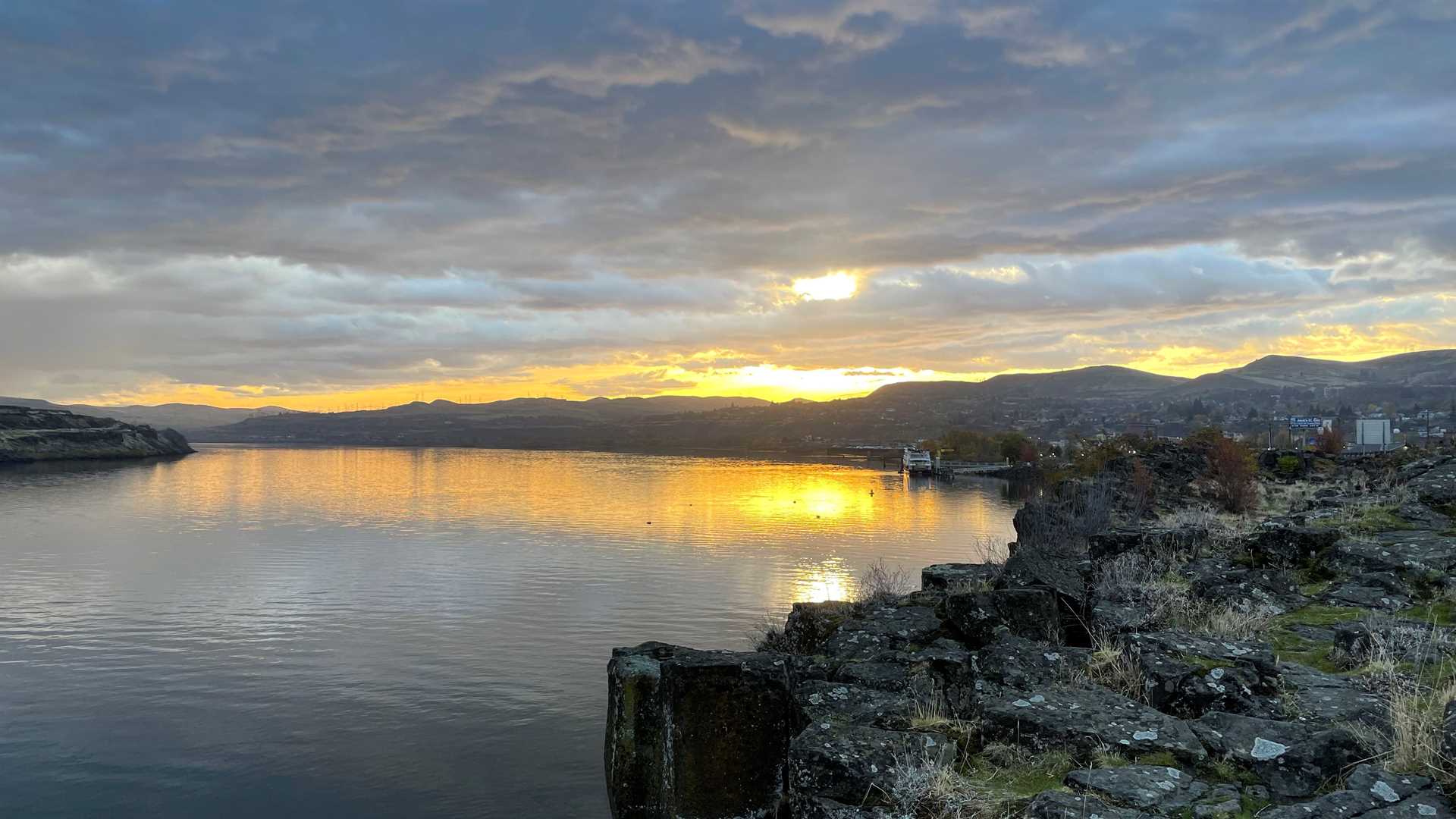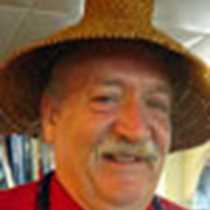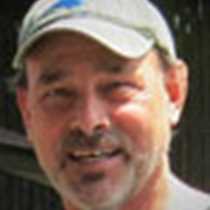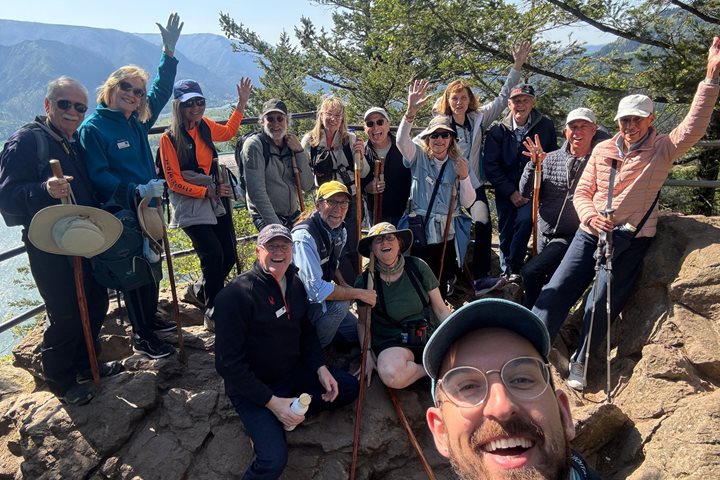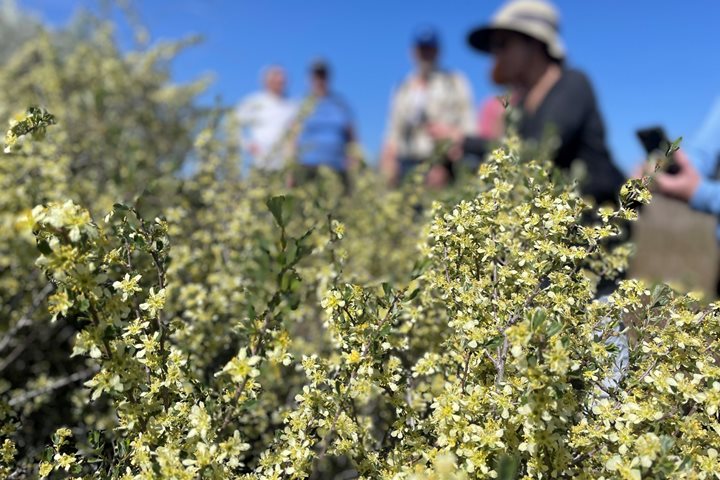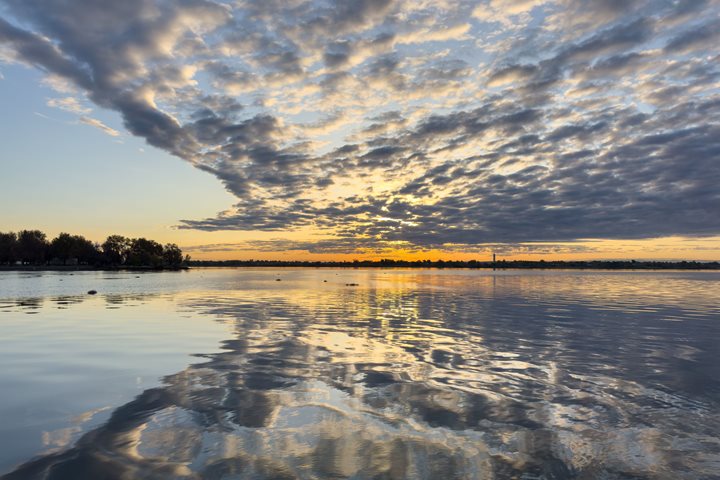Morning dawned with great colors and a rainbow over the ship – what could start a day better? We embarked for Rowena Crest and Mosier tunnels where we hiked to the tunnels and generally had a grand time. We observed hundreds of bird life such as black capped chickadees who were out in their large numbers and a peregrine falcon.
In the afternoon, we visited Draper Girls Farm and Western Museum of Automobiles and Aeronautics. We had a great visit to the museum greatly enjoying the displays and the interpretation from the volunteers. We also had a huckleberry milkshake. How could it be better!

